Weather in Israel, Part 2
Winter, rain and wind in Israel and in the Jewish religion, for children 9-14.
This series is going in the order of the seasons. Part 1 was the introduction. Part 2 is about winter, rain, and wind.
Winter
The rainy season, which begins in October and goes through early May, starts and ends slowly, with the heaviest rains usually from December through February. At least in the northwestern part of Israel, the strongest winds are in the winter.
Israel does not have hurricanes, tornadoes, blizzards or the violent storms of the Pacific Ocean, typhoons. This does not mean that it only has pleasant weather. In the mountains near Lebanon, cloudy weather interrupted by short but intense rain can last for weeks. While Israelis are glad to see the rain, we get very tired of not seeing the sun, and we complain about the clouds.
Many trees in Israel keep their leaves year round. While some trees lose their leaves, very few turn color the way many American trees do. But the rains also bring new growth.
Thunderstorms are common, and in my northern mountain region they often include hail. Hail can be dangerous, even the small, pea-sized hail we usually get. Two years ago we had one hailstorm that lasted so long that the ground was completely covered. However, it can be dangerous because it makes sidewalks and roads very slippery. Some places put handrails along steep paths. By holding onto them, walkers can keep from slipping on the ice.
When a bad storm hits, it often causes flooding, both in low-lying valleys and along the coast. Since much of Israel is built on the coastal plain, flooding is a real problem during a rainy winter. In 2020, very heavy rainfall in November caused serious flooding all up and down Israel’s coast.1
One city that was hard hit was the beach-front city of Nahariya.2 The Gaaton River, which flows from the northern mountains to the sea through down-town Nahariya, surged over its banks, doing millions of shekels of damage to a shopping mall. The river flows down a channel in the middle of the city’s main street in a lovely tree-lined promenade. It also flooded there. Shops along the street were damaged and lost thousands of shekels of merchandise. So much destruction occurred that the city had to deepen the river’s channel, completely redesign the central promenade, and replace the sidewalks.
But winter in Israel can also be lovely. With the end of hot, dry weather, hillsides turn from dusty brown to bright green. The rain washes dust out of the sky so that the air is clean and the sky very blue. Some days, everything sparkles in the sun. In rural areas the air smell sweetly of growing things.
Often, especially in central and southern Israel, the temperatures often reach the 60’s (16-20oC) even during rainy weather. People often stroll on city streets with umbrellas when temperatures are high and rain is gentle. It is a lovely change from the hot, dry summers!
Growing Season
Most fruits and vegetables sold in Israel are grown here, so many foods are seasonal. That is, they are best when the fruits or vegetables are ready to be harvested. When it is not the season, they might be very expensive, not very nice, or not available at all. These same fruits and vegetables will be plentiful, lovely, and not expensive in when they are in season.
In summer and early autumn, many fruits are beautiful, plentiful, and less expensive than in the winter or spring. One example is bananas. They are always available in the USA. But in Israel, they are hard to find or not very nice in late summer and early fall. During the same season, avocados are terrible and very expensive. Now—late November—wonderful avocados, bananas, pineapples and other fruits are available at a great price.
Rain in the Deserts
The deserts in southern Israel can be very, very hot in the summer. Not many people want to hike or camp during those days. In the winter, though, the deserts rarely get rain and are warmer than in the north. Because of this, many people like winter hiking and camping.
One reason some people hike in the winter is to see the flowers. You might think, “Flowers in a desert?” When the rains come, flowers pop out of the bare, brown ground. Different flowers bloom at different times during the winter, and in different places. The desert might be carpeted with yellow crocuses (narkis), white and pink or purple cyclamen (rakefet), small, bright red anemone poppies (kalanit) or other flowers.3
Rain from mountains near the desert, such as the Hebron mountains, can flow into the desert, causing flooding. Sometimes rain in the desert itself causes flooding. These are usually flash floods, when water rushes like a fire hydrant that is suddenly opened. The water picks up rocks, sand and debris and pushes it along, causing destruction in its path.
Flash floods do not last a long time, but they are very dangerous. In fact, they are so dangerous that the government sometimes prohibits hiking and camping in some places when storms are expected. Weather reports announce that flash flooding may occur, and that campers and hikers need to stay out of places that flood. Sometimes, though, people do not hear the warnings, or they ignore them. It seems like every winter a few people are killed by the floods.
Wind
Windy days happen all year, but very high winds are more common in the winter. Fierce storms with rain and wind occur during the winter. Sometimes wind storms happen without rain.
One problem with very windy weather is that debris flies around. Many homes in Israel have flat roofs. Solar water heaters and television/internet satellite dishes, as well as compressors for air conditioners, are installed on roofs. When equipment needs to be replaced or repaired, the old is often left there by lazy workmen. A heavy wind will pick up debris and blow it away. Often that “away” is someone else’s roof.
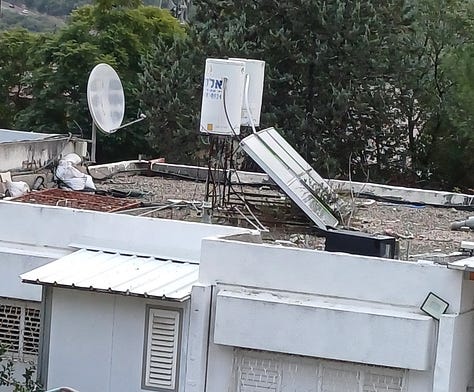
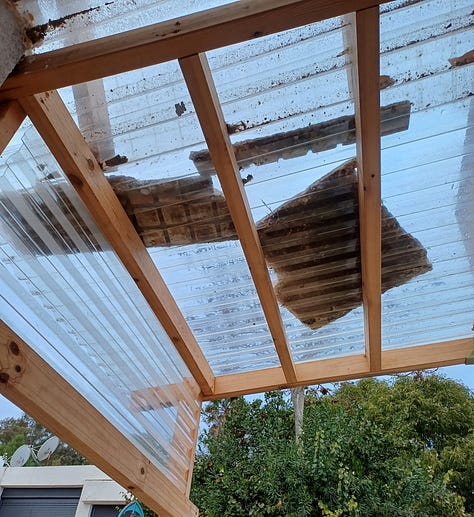
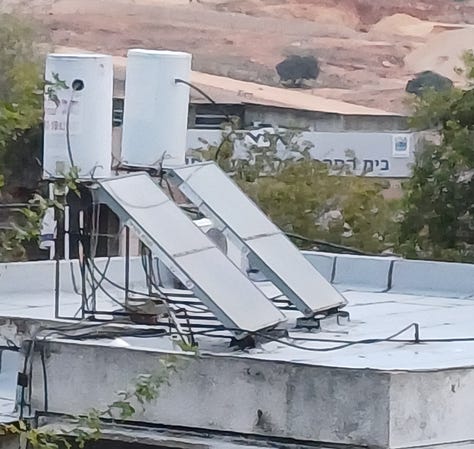
Photos, L-R: messy roof, roof with wind-carried debris, solar water heater.
Strong winds can also damage trees. Eucalyptus,4 trees from Australia that can grow in poor soil and help dry up swampy lands, were planted in Israel years ago. However, sometimes large, heavy limbs suddenly fall.5 This can happen when a tree doesn’t get enough water. Another reason is that sometimes a fungus infects the roots or tops of the trees. This fungus rots the tree from the inside and can cause an infected limb to fall off. A very strong wind can cause a rotted limb to fall off sooner than it would have. How dangerous are these trees? At least three Israelis were killed by falling eucalyptus branches or trees between 2001 and 2014.6
Jewish Beliefs About Rain and Wind
In Deuteronomy 11:13-21, God tells the Jewish people that he will bring the right amount of rain at the right time of year if they obey His commandments with love and will serve Him with their full hearts and souls. This means that if they do not, He might stop the rains, or bring too much.
Not enough rain means drought. Even today, in very poor countries and places where people depend on things they grow themselves, drought can mean there is not enough food. When there is too much rain, or rain at the wrong time, it might be impossible for farmers to plant at the right time, and seeds or roots might rot in the fields. Hail, which often goes along with rain, can destroy crops, especially if it happens close to harvest. Rain can destroy harvests, too; grains need to dry out after they are cut, and this is usually done in the fields.
The sages (the rabbis who are mentioned in the Talmud and other great thinkers) taught that God does not withhold wind when people behave badly, so it doesn’t need any special prayers.
This does not mean wind isn’t important! As mentioned in Part 1, wind is included in the special line that is added to the Shemona Esreh (Amidah) prayer, “…who causes the wind to blow and the rain to fall.” In the summer, this blessing is replaced by one for dew. In it, wind is not mentioned.
We are taught that wind “is sought in the rainy season only, to dry the abundant moisture of the earth.”7 We learn that this is an important function of wind from the second parsha (section) of the Torah, Parshat Noah. Genesis 8:1 says, “And God made a wind to pass over the earth, and the water subsided.”
Part 3 will appear in January. December’s essays and stories will be about Chanukah, and I will be taking the week of Chanukah off so there will be no essay then.
TOI Staff, Wettest November since 1994 causes flooding damage in coastal cities. Nov. 27, 2020, https://www.timesofisrael.com/heavy-rainfall-causes-flooding-damage-in-coastal-cities/ , accessed Nov. 19, 2024.
TOI Staff, Man Killed in Nahariya flood as heavy rains swamp north. Times of Israel, Jan. 8, 2020, https://www.timesofisrael.com/man-killed-in-nahariya-flood-as-heavy-rains-swamp-north/ , accessed 14 Nov. 2024.
Hassani, NJM, Environmental Impacts of Eucalyptus. Forestrypedia, Feb. 7, 2021. https://forestrypedia.com/environmental-impacts-of-eucalyptus/ , accessed Nov. 19, 2024.
Eucalyptus Branch Drop: Why Eucalyptus Tree Branches Keep Falling. Gardening know how, https://www.gardeningknowhow.com/ornamental/trees/eucalyptus/eucalyptus-branch-drop.htm , accessed Nov. 19, 2024.
Ashkenazi, E., 50-year-old Woman Killed in Haifa by Falling Tree, Grandson Injured, Haaretz, May 7, 2014, https://www.haaretz.com/2014-05-07/ty-article/.premium/woman-killed-by-falling-tree/0000017f-e96d-d62c-a1ff-fd7f35ff0000 , accessed Nov. 19, 2024.
Rabbi Schneur Zalman of Liadi, Shulchan Aruch Harav 114 – Laws Relating to Mention of the Wind, Rain and Dew, from the Sichos in English Collection, https://www.chabad.org/library/article_cdo/aid/3299211/jewish/Shulchan-Aruch-Chapter-114-Laws-Relating-to-Mention-of-the-Wind-Rain-and-Dew.htm , accessed Nov. 17, 2024.



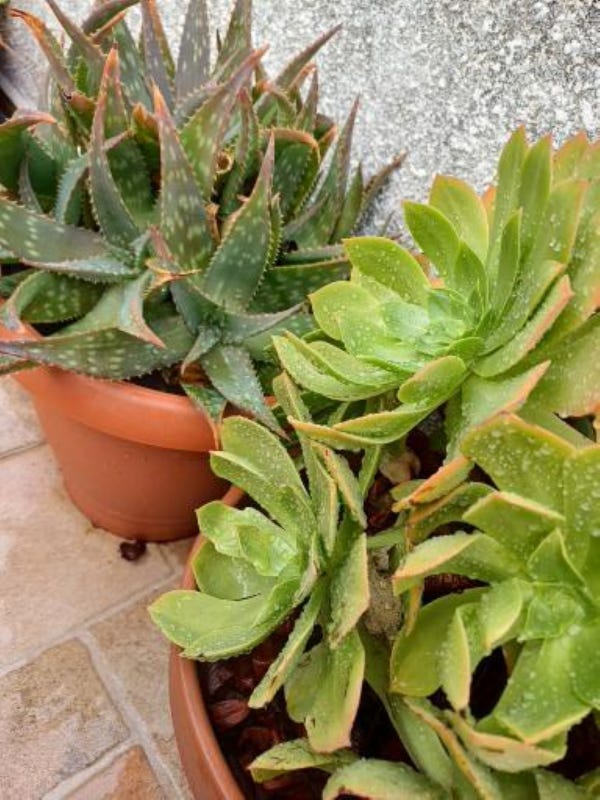
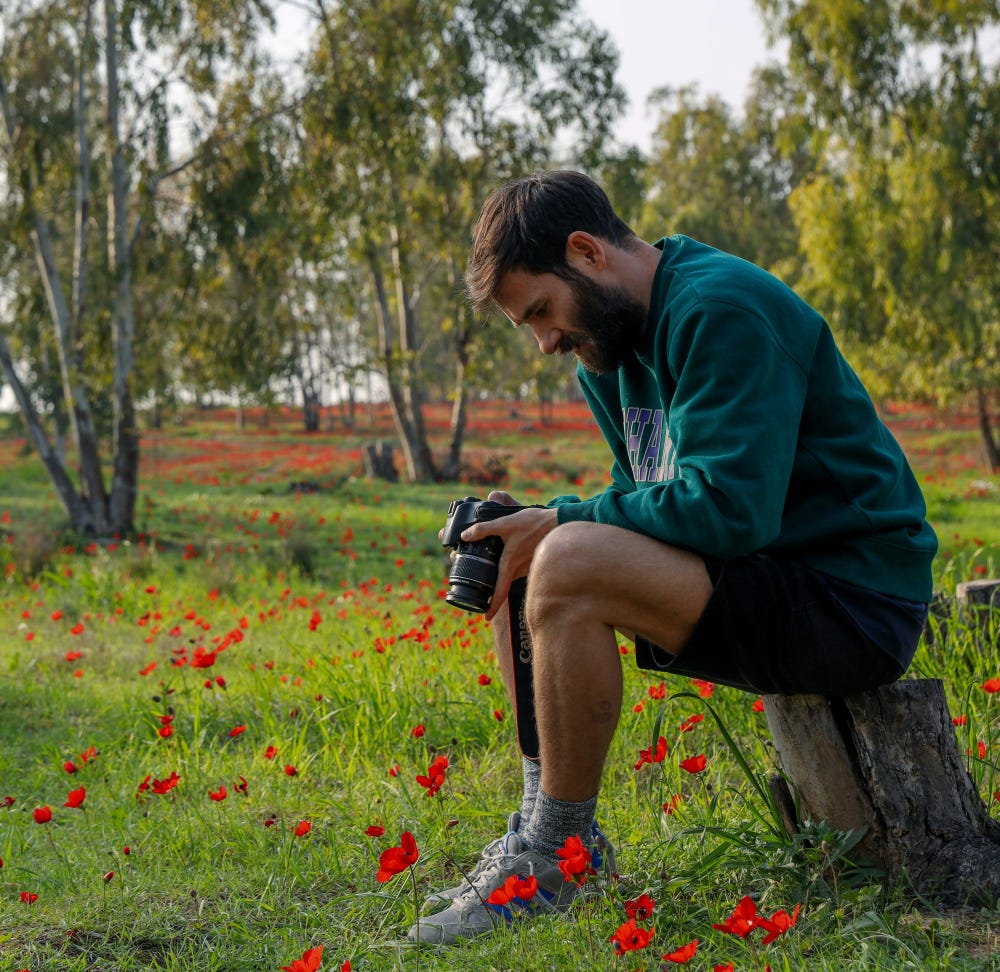
❤❤❤